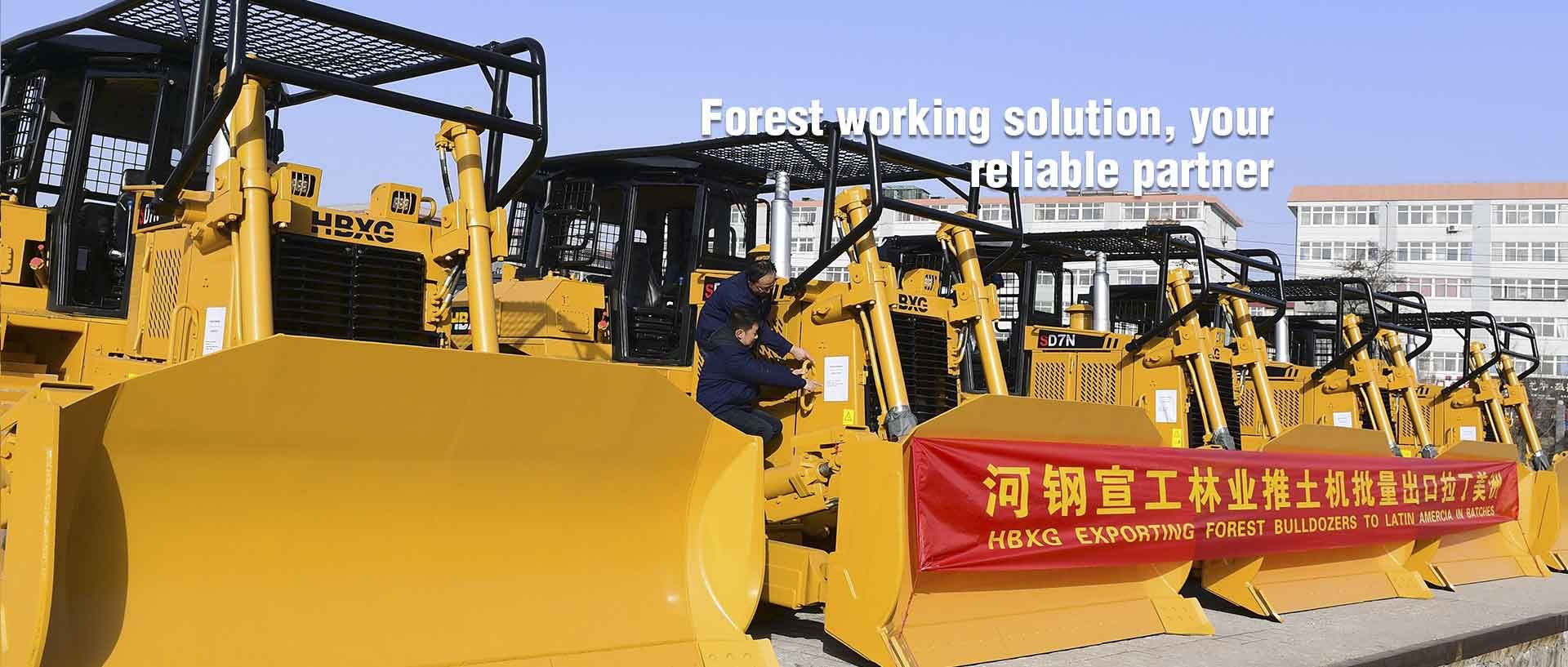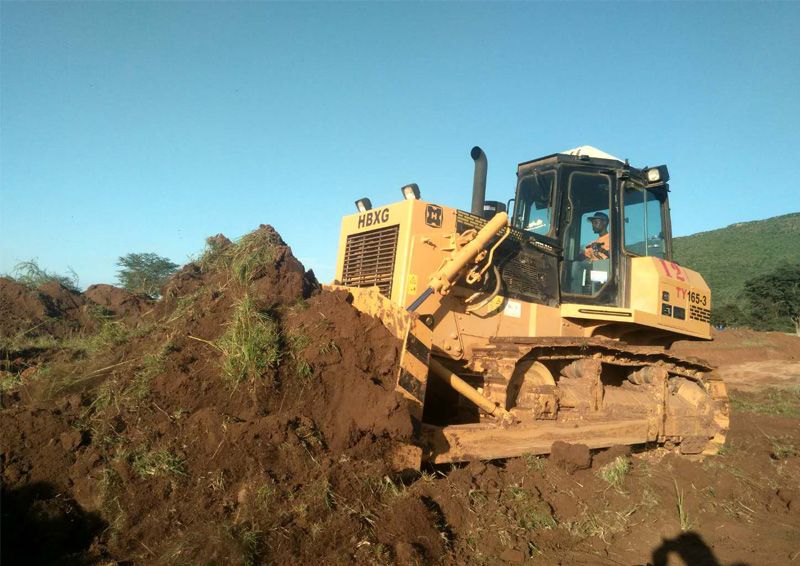Bulldozer Maintenance: Tips and Schedules
 Dec. 11, 2024
Dec. 11, 2024
Bulldozers are powerful machines essential for construction, mining, and other heavy-duty operations. Proper maintenance is crucial to ensure these machines operate efficiently, reduce downtime, and extend their lifespan. In this guide, we’ll cover essential bulldozer maintenance tips and provide a recommended schedule for routine upkeep.
1. Importance of Bulldozer Maintenance
Regular maintenance is vital for the following reasons:
Improved Performance: Proper maintenance ensures the machine operates at peak efficiency.
Extended Lifespan: Preventative care reduces wear and tear, prolonging the life of your bulldozer.
Cost Savings: Regular checks can prevent costly repairs and unplanned downtime.
Safety: A well-maintained bulldozer is safer for operators and nearby workers.
2. Daily Maintenance Tips
Daily checks are essential to keep your bulldozer in optimal condition. Here’s a checklist for daily maintenance:
Inspect the Undercarriage: Look for signs of damage, wear, or loose components. Clean out dirt and debris to prevent premature wear.
Check Fluids: Verify levels of engine oil, coolant, hydraulic fluid, and transmission fluid. Top them off if necessary.
Examine Filters: Inspect air, fuel, and oil filters for clogs or contamination. Replace them if needed.
Inspect Tracks: Check for proper tension and alignment to prevent uneven wear and improve performance.
Test Lights and Alarms: Ensure that all safety lights, horns, and alarms are functioning correctly.
Clean the Machine: Remove dirt, grease, and debris from the bulldozer to prevent buildup that can lead to damage.
3. Weekly Maintenance Tasks
Weekly maintenance involves a more thorough inspection and servicing:
Lubricate Components: Apply grease to pivot points, joints, and other moving parts as recommended in the manufacturer’s manual.
Check Hoses and Belts: Look for cracks, leaks, or signs of wear. Replace any damaged parts.
Inspect the Blade: Check the blade for cracks, dents, or excessive wear. Ensure the bolts and fasteners are secure.
Monitor Hydraulic Systems: Inspect for leaks or unusual noises in the hydraulic system.
4. Monthly and Seasonal Maintenance
Monthly and seasonal maintenance tasks are more comprehensive and often require professional assistance:
Replace Fluids and Filters: Perform an oil change and replace fuel and hydraulic filters according to the schedule provided by the manufacturer.
Inspect the Engine: Conduct a thorough engine check, including spark plugs, fuel injectors, and cooling systems.
Calibrate the Equipment: Ensure all controls and attachments are operating accurately and efficiently.
Check Electrical Systems: Test the battery, wiring, and electrical components for optimal performance.
Evaluate Overall Performance: Assess the machine's overall performance and address any unusual noises, vibrations, or inefficiencies.
5. Seasonal Maintenance Tips
Preparing your bulldozer for seasonal changes is crucial for its performance and longevity:
Winter Preparation: Use antifreeze in the cooling system, check the battery for sufficient charge, and ensure fuel is suitable for cold weather.
Summer Preparation: Inspect the cooling system to prevent overheating, and ensure air filters are clean to handle dusty conditions.
6. Maintenance Schedule Overview
A regular maintenance schedule is key to keeping your bulldozer in top shape. Here’s a basic framework:
Daily: Visual inspections, fluid level checks, and cleaning.
Weekly: Lubrication, blade inspection, and monitoring hydraulic systems.
Monthly: Replace fluids and filters, inspect the engine, and calibrate attachments.
Annually: Comprehensive servicing, including replacing worn parts, inspecting the undercarriage, and conducting a professional performance review.
7. Common Maintenance Issues and Troubleshooting
Some common issues you might encounter during maintenance include:
Excessive Track Wear: Ensure proper tension and regularly clean the undercarriage.
Hydraulic Leaks: Check hoses, seals, and fittings for cracks or damage.
Overheating: Clean the radiator, replace coolant, and check the fan for proper operation.
Reduced Power: Inspect the air filter, fuel system, and engine for issues.
8. Tips for Maintaining Your Bulldozer
To ensure long-term reliability and performance, follow these best practices:
Follow Manufacturer Guidelines: Always adhere to the maintenance schedule and recommendations provided in the operator’s manual.
Keep Records: Maintain detailed records of all maintenance tasks, repairs, and part replacements.
Use Quality Parts: Always use genuine or high-quality replacement parts to avoid compatibility issues.
Train Operators: Ensure operators are well-trained in machine handling and basic maintenance.
Conclusion
Maintaining a bulldozer is essential for its safe and efficient operation. By following the tips and schedules outlined in this guide, you can reduce downtime, minimize repair costs, and extend the life of your machine. Regular inspections, timely servicing, and adhering to manufacturer recommendations are the cornerstones of effective bulldozer maintenance. With proper care, your bulldozer will continue to deliver reliable performance for years to come.


























